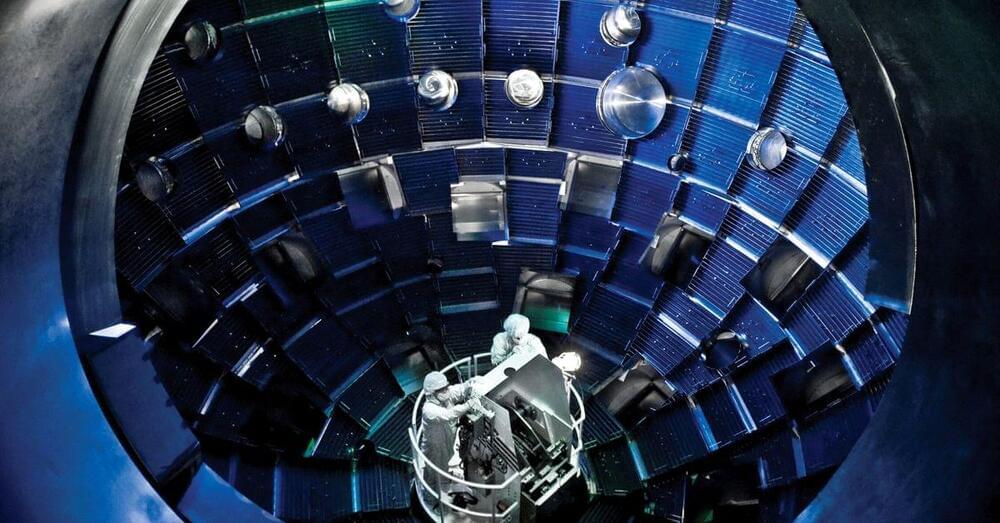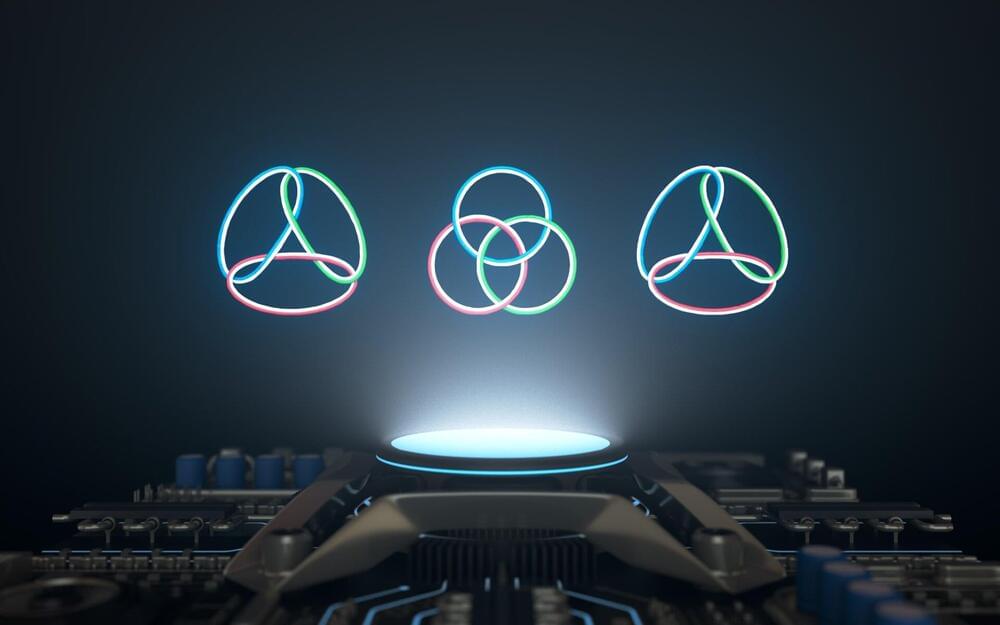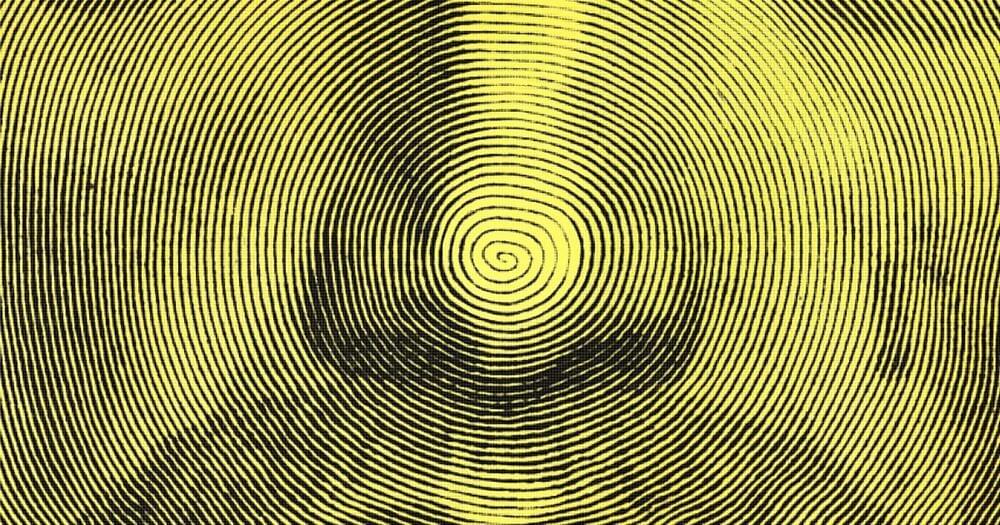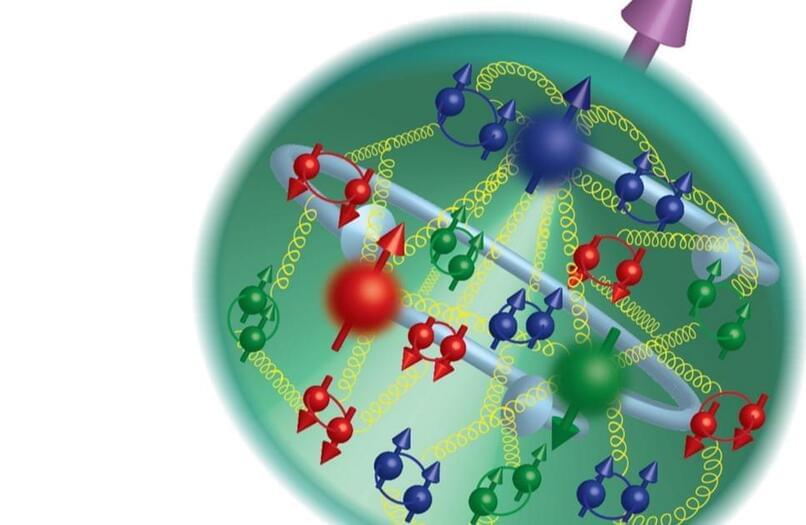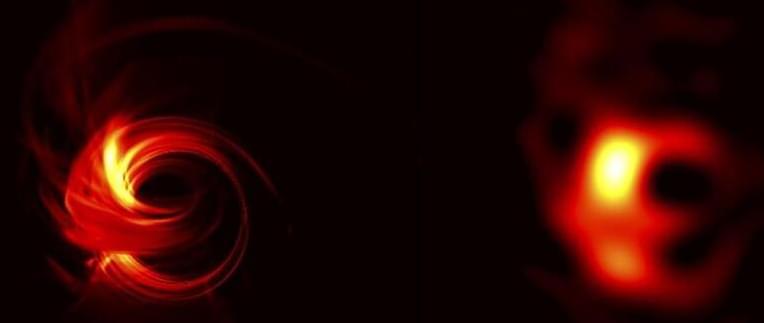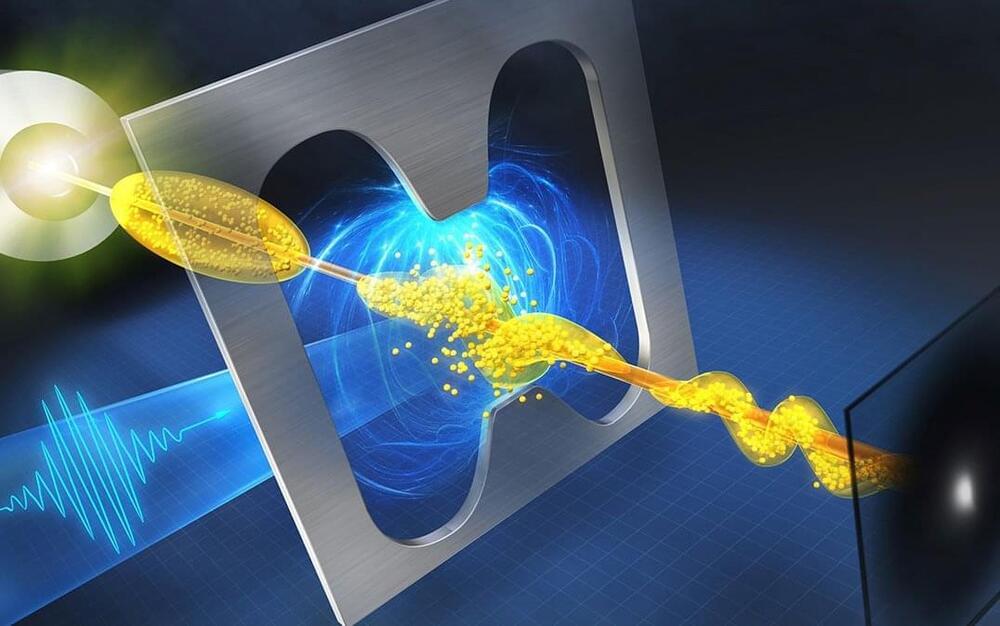Fusion News overblown.
NEW YORK, Dec 13 (Reuters Breakingviews) — A fusion breakthrough unveiled on Tuesday by the U.S. Department of Energy is a scientific tour de force, and a commercial irrelevancy.
It’s a notable feat that researchers produced more energy from fusing atoms together than they used to start the process. The development has been an elusive goal since the 1930s, promising essentially limitless power from cheap hydrogen found in seawater. One gram of hydrogen theoretically contains as much energy as burning about 10 tons of coal.
To be put into practical use, however, the process needs to be scaled up immensely. That probably will take years, if not decades. And even then, there’s a problem that undermines some of the breathless exuberance over the news.
